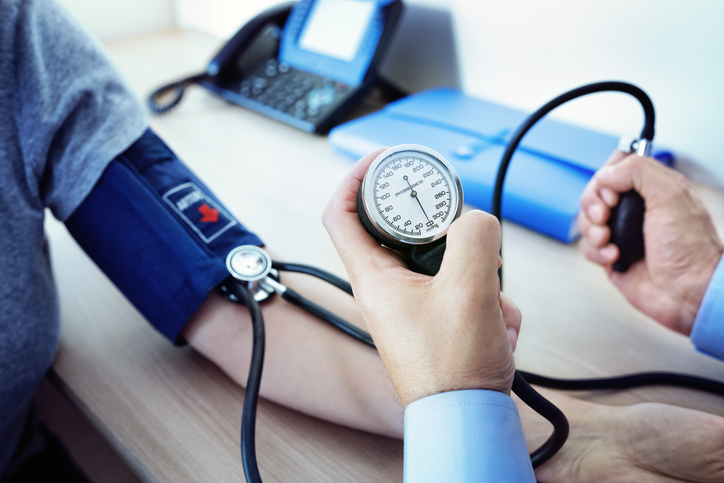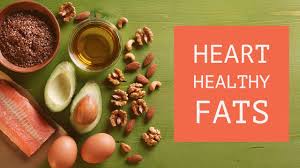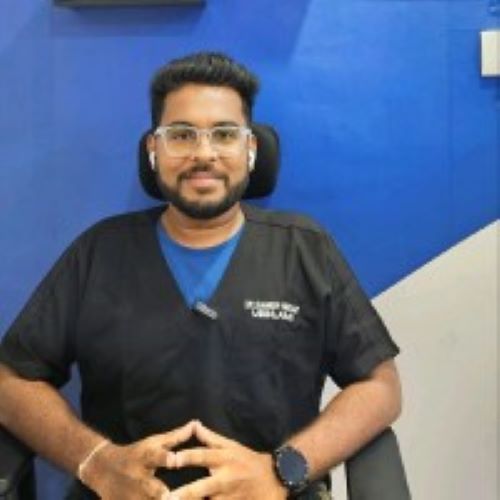The quality of your diet has a direct impact on your blood pressure.
Walter Willett, MD, DrPH
Are you bothered by high blood pressure?
Are medications unable to control your blood pressure?
This is the time for you to focus on a healthy diet, as said by Walter Willett the quality of your diet has a direct impact on your blood pressure. Several medications still have no proper solution, a heart-healthy diet is the solution. Here in this blog, we will provide top dietary recommendations for hypertension control.
Introduction to hypertension:
 ❖Hypertension is a condition that is known by millions of people worldwide, here is a basic understanding hypertension also called high blood pressure has a higher chance of developing heart disease, stroke, and kidney disease. Hypertension is also regarded as a silent killer because it doesn’t show any symptoms until it gets serious.
❖Hypertension is a condition that is known by millions of people worldwide, here is a basic understanding hypertension also called high blood pressure has a higher chance of developing heart disease, stroke, and kidney disease. Hypertension is also regarded as a silent killer because it doesn’t show any symptoms until it gets serious.
❖When high blood pressure occurs, it occurs when the force of blood against the artery wall is too high, making the heart work harder to pump blood. So, normal blood pressure is below 120/80 mm Hg, and hypertension is something when readings consistently exceed 130/80 mm Hg. You can regularly monitor the blood pressure for early detection and to avoid further complications.
❖This high blood pressure might be due to several factors such as genetics, age, obesity, lack of physical activity, alcohol consumption, and poor dietary choices. The DASH diet is known to help people control hypertension. So here is the basic
Dietary Approaches to Managing Hypertension
Reducing Sodium Intake
 The first step towards managing hypertension with diet is to reduce sodium intake because it is the major contributor to increased blood pressure. On average individual consumes about 3,400 mg of sodium daily, which exceeds the recommended limit of 2,300 mg.
The first step towards managing hypertension with diet is to reduce sodium intake because it is the major contributor to increased blood pressure. On average individual consumes about 3,400 mg of sodium daily, which exceeds the recommended limit of 2,300 mg.
According to the American Heart Association an ideal limit of 1,500 mg per day for adults, particularly those with hypertension is recommended. If you are willing to reduce sodium intake then here are a few basic tips:
Read Food Labels:
How reading labels will help you? It will help to choose foods with low-sodium and no salt-added options that are key to reducing hypertension.
Limit Processed Foods:
 Most of the processed foods and packaged foods are filled with high sodium content beyond the recommended quantities so limiting the intake of processed foods is a must to reduce sodium intake. Also, you can prefer home-cooked meals that are prepared mindfully with low sodium.
Most of the processed foods and packaged foods are filled with high sodium content beyond the recommended quantities so limiting the intake of processed foods is a must to reduce sodium intake. Also, you can prefer home-cooked meals that are prepared mindfully with low sodium.
Use Herbs and Spices:
Yes, these herbs and spices containing flavors such as lemon and vinegar instead of salt can help you avoid sodium.
Increase Potassium Intake
Above you’ve been told to avoid sodium, the second step is to incorporate potassium because it helps to balance the amount of sodium present in cells by reducing blood pressure.
Potassium-rich foods that can help reduce hypertension include bananas, sweet potatoes, spinach, avocados, black beans, kidney beans, chickpeas, tomatoes, tomato sauce, tomato paste, milk, yogurt, salmon, mackerel, almonds, sunflower seeds, pumpkin seeds, oranges, cantaloupes, apricots, dried apricots, broccoli, Brussels sprouts, and beets. So here are the foods enriched with potassium explained for your hypertension diet:
Food Name |
Why It Should Be Included |
|
Bananas |
Bananas are rich in potassium, which helps to balance sodium levels and reduce blood pressure. |
|
Sweet Potatoes |
You should include sweet potatoes because they are high in potassium and fiber, contributing to lower blood pressure and better digestion. |
|
Spinach, Palak, Green leafy vegetables |
Spinach can benefit you by promoting heart health and reducing blood pressure as it is enriched with potassium, magnesium, and antioxidants. |
|
Beans and Lentils |
Next coming to the beans and lentils are packed with potassium, protein, and fiber, helping to maintain blood pressure levels and support overall health. |
|
Avocados |
Yes, avocados are also high in potassium and are heart-healthy fats, that help you to lower blood pressure and improve heart health. |
According to the American Journal Of Clinical Nutrition Increased potassium intake is associated with lower blood pressure in people with hypertension.
Include Heart-Healthy Fats
 In a hypertension diet-heart, healthy fats should be included but what are those, the omega-3 fatty acids, most of the research studies report that they support heart health and can help reduce blood pressure. So here are the heart-healthy omega-3 options that can be included in your hypertension diet:
In a hypertension diet-heart, healthy fats should be included but what are those, the omega-3 fatty acids, most of the research studies report that they support heart health and can help reduce blood pressure. So here are the heart-healthy omega-3 options that can be included in your hypertension diet:
Salmon(reduce inflammation), mackerel, sardines, walnuts(antioxidants), flaxseeds, chia seeds, and olive oil are the best options for omega-3 fatty acids, and all of them support a healthy heart by lowering blood pressure.
Include Whole Grains
Whatever the diet is you must include whole grains by avoiding refined grains if you want to promote overall health because whole grains provide fiber and nutrients without the added sugars and unhealthy fats found in refined grains.
Whole grains that can help reduce hypertension include brown rice, quinoa, oats, whole wheat bread, whole grain pasta, millet, rye, and buckwheat. So here are the essential nutritious whole grains that can be incorporated into your hypertension diet:
Food Name |
Why It Should Be Included |
|
Brown rice should be included because it is high in fiber and nutrients that support heart health and stable blood pressure. |
|
|
Quinoa is a complete protein source that contains fiber and all essential nutrients. |
|
|
Oats are best known for their cholesterol-lowering properties and high fiber content. So including oats can be highly beneficial for people with hypertension. |
|
|
Whole Wheat Bread |
Most of you might be eating bread but make sure you include whole wheat bread as it provides fiber and nutrients without the unhealthy fats that are found in refined grains. |
Limit Added Sugars and Refined Carbohydrates
Yes, all the dietitians keep suggesting all across social media to reduce the intake of added sugars and refined sugars, but why do they say so, this is because they can lead to unhealthy weight gain and increased blood pressure. So you can choose healthy alternatives instead of that, but what are they? Here are the foods to be replaced:
Limit These Foods |
Healthier Alternatives |
|
Sugary Beverages |
Water, Herbal Teas |
|
Sweets and Desserts |
Fresh Fruits |
|
Refined Grains |
Whole Grains |
Additional Foods That Help Lower Blood Pressure
Along with potassium-rich foods and omega-3 fatty acids, you can also include foods rich in magnesium such as pumpkin seeds, chia seeds, almonds, spinach, etc.
And then calcium-rich foods like low-fat dairy found in milk, paneer, curd, cheese, sesame seeds, and ragi are also known to help people with hypertension.
You can also include the following foods that are known to reduce high blood pressure:
Food Name |
Why It Should Be Included |
|
Berries |
Berries are rich in antioxidants, which can help reduce blood pressure. |
|
Beets |
Contains nitrates, which help to relax blood vessels and lower blood pressure. |
|
Garlic |
Known for its heart-healthy properties and ability to reduce blood pressure. |
|
In moderation, can improve blood vessel function and lower blood pressure. |
|
|
Fermented Foods |
Contains probiotics that may help lower blood pressure and improve gut health. |
Overall diet plan by including and avoiding necessary foods:
Category |
Include |
Avoid |
|
Dairy Products |
Low-fat, skimmed milk, Greek yogurt, unsweetened dairy products, flax, soy, double-toned milk |
Ice cream, chocolate milk, sugary yogurts, cheese, cow’s or buffalo’s milk, products made from them |
|
Pulses |
Faba beans, fried dal products, bhajis, fried besan items |
|
|
Vegetables |
All fresh vegetables, leafy and non-leafy (spinach, broccoli, asparagus, tomatoes, mushrooms, etc.) |
Canned vegetables |
|
Cereals & Grains |
Brown rice, oats, quinoa, barley |
Processed maida products |
|
Oils & Fats |
Olive oil, groundnut oil, coconut oil, mustard oil, sesame oil, flax seed oil, canola oil, cold-pressed oils |
Salted butter |
|
Nuts & Seeds |
Almonds, walnuts, pistachios, cashews, hazelnuts, pecans, flaxseeds, chia seeds, pumpkin seeds, sunflower seeds, sesame seeds |
Salted nuts |
|
Non-Veg |
Fish (salmon, sardines, herring, mackerel), chicken |
Fish roe, shellfish, crab, dried fish, tinned fish, shark, swordfish, prawns, hilsa, red meat, organ meat, processed meat products |
|
Eggs |
White portion only |
Yolk |
|
Fruits |
Green apples, apricots, avocados, blackberries, cherries, oranges, peaches, papayas, kiwis, watermelons, mangoes, pomegranates, guavas, pears, sweet limes |
Processed or canned fruits with added sugars |
Read more on a healthy diet.
The Bottom Line
So, this blog provides you with all the necessary information that needs to be known while following a hypertension diet. A focus on a healthy diet, physical activity, weight management, stress reduction, and quality sleep can be highly beneficial for you to reduce hypertension. So adjust your diet accordingly under the guidance of a dietitian and control your hypertension.

